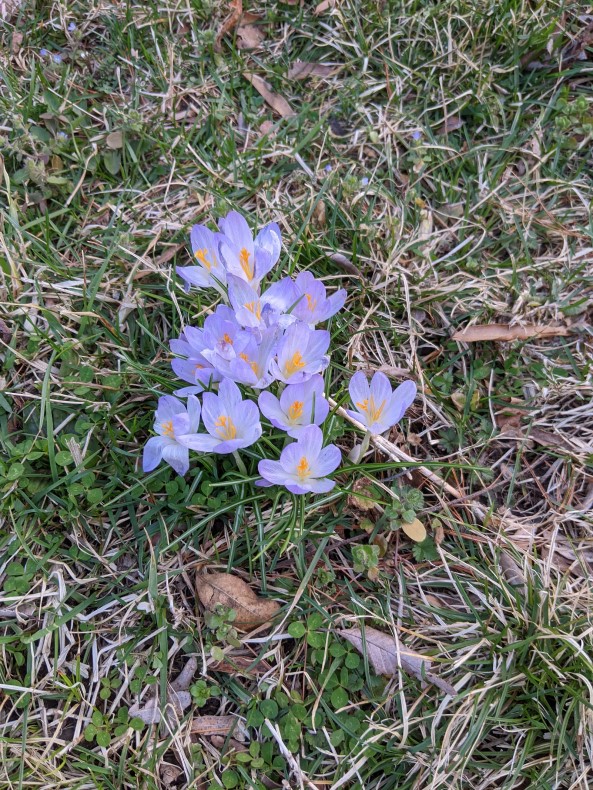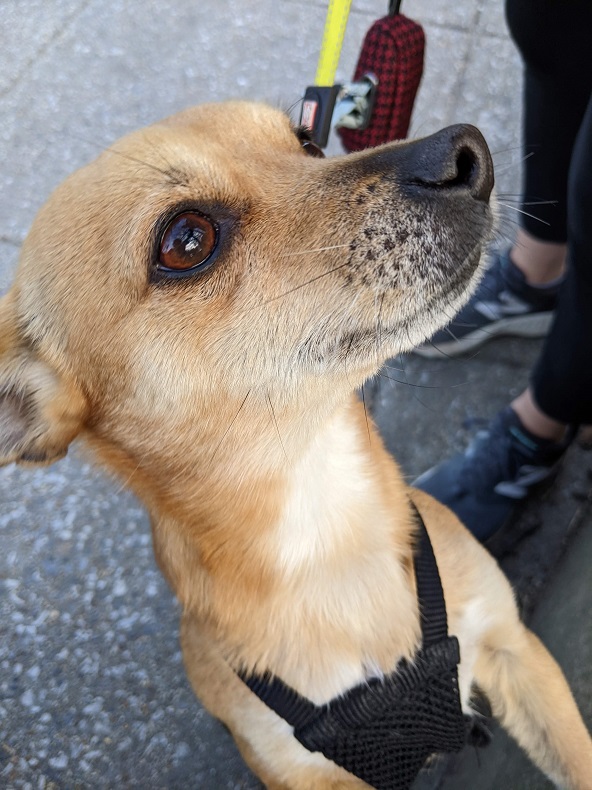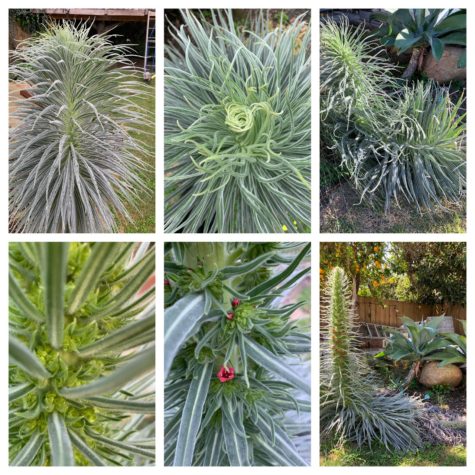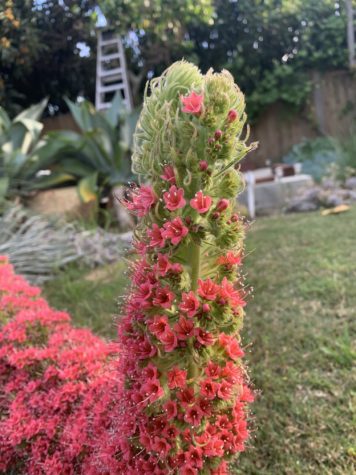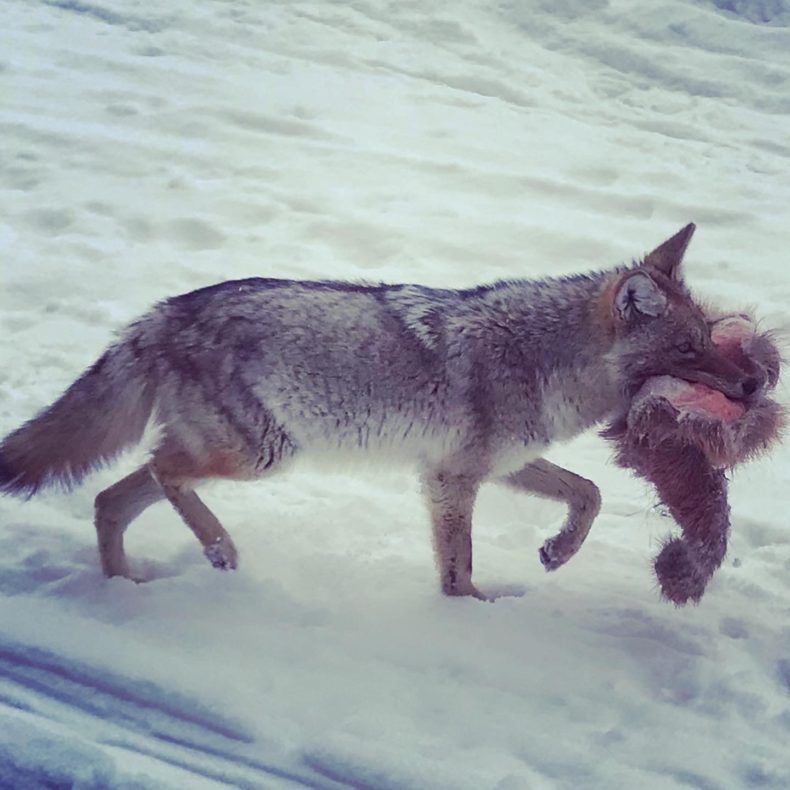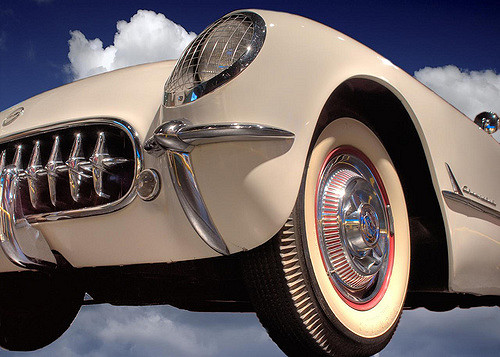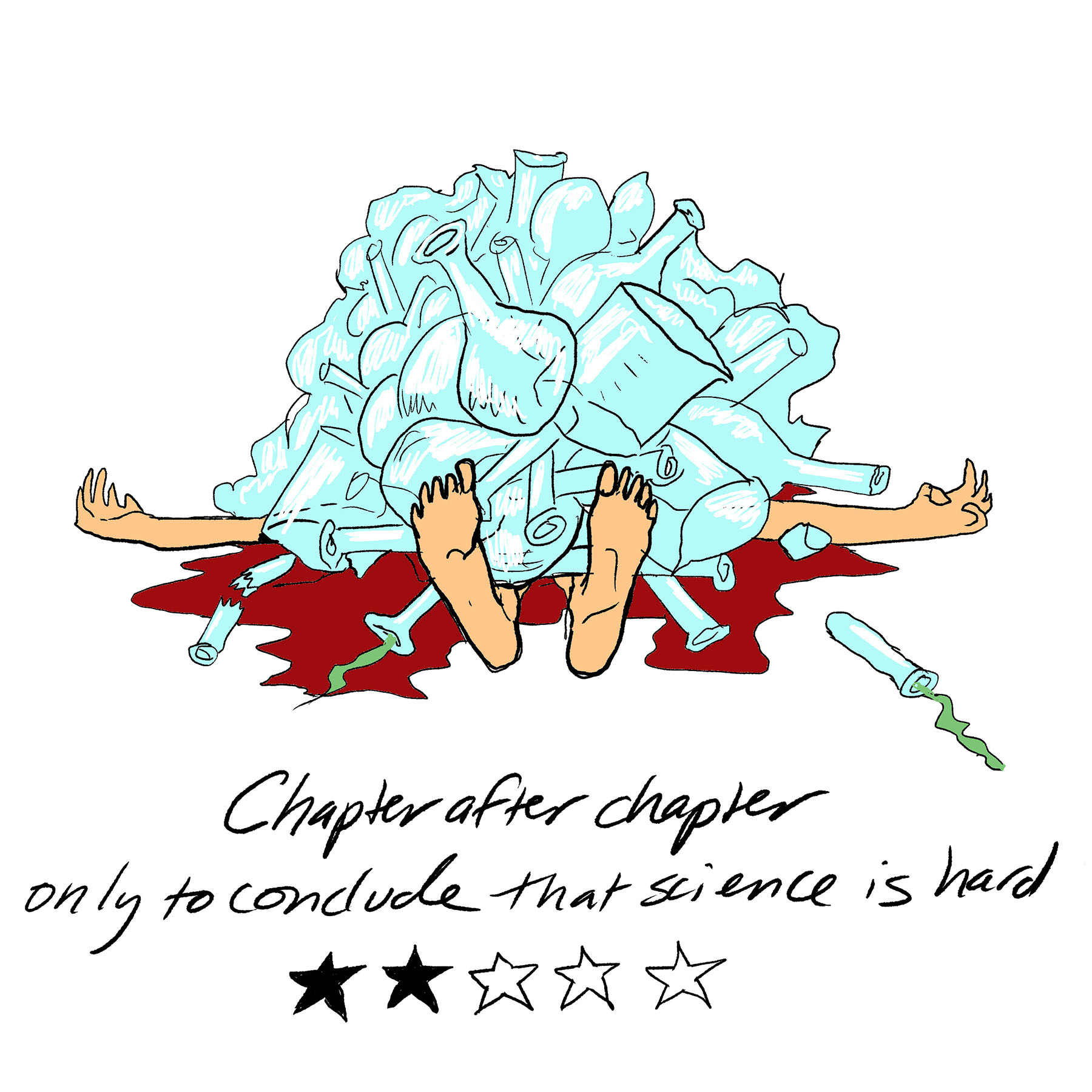This first ran July 2, 2018, back when UNCONTROLLABLE STRESS was only politics, not yet politics/election or politics/election/insurrection; and before the pandemic and way before the pandemic/alpha/delta/omicron; and of course before Putin invaded Ukraine; and on and on, far into the night. It really has been a LOT for a LONG time, hasn’t it. These days, if I get the sock with the little “L” on it on my left foot, I’m brilliant.
The latest of many, many tweets by many, many people all saying the same thing: “Ok, but for serious: is anyone else having trouble writing anything at all because everything is just Too Much right now?” Or: “I’ve tried to make coffee 4 times so far & failed. Writing is just Not Going To Happen.”
Google “attention,” “distraction,” and “psychology,” find a nice, scholarly, psychology article: “That is, do we use up general attentional resources when we attempt to block out unwanted stimulation, thereby leaving less of a limited supply to fuel the main task . . .?” I take that to mean, attention is a zero-sum game, so if you pay attention to – just blue-skying here – politics [update: and pestilence and war], do you have less “fuel” for the “main task”?
Yes. Jeez. Sometimes I worry about the questions psychologists ask.
How about the reverse question: does the main task ever take up so much fuel, you can’t simultaneously blink and speak? I know the answer and I’ve done the experiment, so I’ll make up the psychology. I’ll define my “main task” as the directions issued by what psychologists call “executive function,” which is jargon for the brain boss, the project manager, the general contractor that coordinates the separate workers to get the job done. No, nobody knows whether executive function really exists or where in the brain it might be. They just know that something is in charge. Anyway, here’s the experiment.
My executive function last week: Editor hasn’t edited draft, other editor hasn’t replied to proposal. HEY LET’S GO BUY A CAR!
Worker: I never bought a car before.
Executive function: How hard can it be? Get out there and gather information.
Worker: Um. Ok. The old car is still good and my car-loving friend’s expert advice is that cars are good in general so a new one would be good too.
Executive function: Right then. Buy a new car, sell the old one. Get back out there and get me the logistics.
Worker: Ok. Here’s three dealerships and 4,298 emails from each one; the Kelley Blue Book estimate for the new and old cars; car-loving friend’s expert advice about dealing with dealers; brother who wants to buy old car; and in all, five scenarios with 16 options each.
Executive function: Go with dealership #2, here’s the price range for new car and price for old car. Go.
Worker: Navigate out to the county, test-drive new car, try to learn every single electronic thing the saleman says, negotiate slightly lower price. Tags-title-registration-insurance for new car tags-title-registration-insurance for old car State of Maryland oh dear I’m losing focus Motor Vehicle Administration regulations not written clearly get someone on the phone title and registration are different things please repeat it please may I quit now please Hartford Insurance Company no I can’t un-insure the old car I have to insure both oh golly that’s a lot of money yes that mileage is correct my signature seems to be degrading no way I’ve got enough fuel left to drive the new car home.
Executive function: The salesman will drive it. Just go home and get the old one in shape to sell.
Worker: Ok. Dings and scratches bad windshield wipers dicey tire thorough cleaning out of gas look up car cleaners ok gas station then cleaners. I JUST CLOSED THE DOOR AND IT LOCKED AND I HAVE NO HOUSE KEY! SPARE KEY! NO SPARE KEY! ALL FORTY SPARE KEYS LOCKED INSIDE HOUSE! Um. I will fall to the ground and sleep until magic happens.
Executive function: Phone the neighbor who has another spare key.
Worker: PHONE LOCKED INSIDE HOUSE WITH ALL KEYS!
Executive function: Then for chrissakes walk over there and knock on her door.
Worker: Not answering door not home not answering not answering not home.
Executive function: So go find a neighbor who’s home and ask to use her phone to call the spare-key neighbor.
Worker: Neighbor not home next neighbor not home farther neighbor not home farthest NEIGHBOR HOME! Oh thank you yes please if you wouldn’t mind I’ll just follow you trip over glass coffee table no I’m fine everything’s fine. Call spare-key neighbor no answer call no answer call no answer.
Executive function: Don’t be obsessive, when the call is not answered then calling is not working. Find out if a different neighbor has a spare key.
Worker: Walk to a different neighbor’s house not home ring again not home still not home go back to neighbor who’s at home trip over same glass coffee table this time full-body splat am I ok I’m ok ouch is that blood not really ouch it’ll heal I’m fine really I’m fine. NOT ONE MORE THING! DON’T TELL ME ONE MORE THING!
Executive function: No telling when the spare-key neighbor is coming home and knowing you, no telling whether you ever gave her a spare key in the first place. Stop calling her. Call a locksmith.
Worker: Be polite ask these nice people for one more favor no two more favors no three more favors can you google locksmith may I borrow a piece of paper may I borrow a pen may I use your phone to call the locksmith smile act normal no answer try another locksmith stop limping don’t think about cognitive impairment.
Executive function: Go sit on your porch and wait for the locksmith. Pull yourself together here, you’re embarrassing me.
Worker: Thank you dear neighbors thank you good by thank you. Locksmith is not coming not coming not coming LOCKSMITH CAME. He can’t get in front door keep trying can’t do it go to back door oh crap screen door is locked he can’t even get to back door so he can’t unlock it good God I didn’t know people could do things like that HE GOT IN! Pay the man pay him a lot try to forget the last time this happened does cognitive impairment start like this?
Executive function: Deep cleansing yogic breaths, you neurotic. Take the old car to get cleaned. Then come back and see if you remember how to drive the new one.
Worker: No no no no no no no not in a million years no no no no no.
Executive function: Sissy. At least take the at-home neighbor a bottle of wine.
Worker: I can do that then I’m flipping your switch to off and unplugging you and taking out your battery I don’t even care get away from me.
Conclusion of experiment: attentional resources are depleted not only during unwanted stimulation but also during episodes when executive function becomes excessive and issues inoperable operational directives, in which case attentional resources should be withdrawn before reaching the limits of the fuel supply and resulting in behavior that is suboptimal. Fucking pessimal in fact.
__________
Photo credit: “Out of the Western Skies comes ‘Sky Corvette’” by Timothy K Hamilton via Flickr
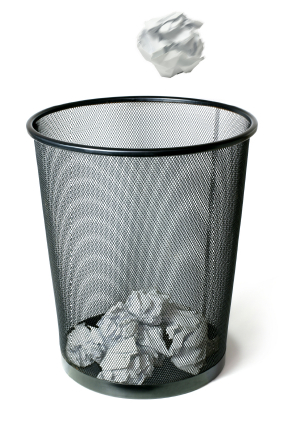 This sampling of doggerel originally appeared in 2015. It was one of a series of such samplings from the journals of Bad Science Poet. Just remember: “It’s not the science that’s bad—it’s the poetry!”™
This sampling of doggerel originally appeared in 2015. It was one of a series of such samplings from the journals of Bad Science Poet. Just remember: “It’s not the science that’s bad—it’s the poetry!”™
